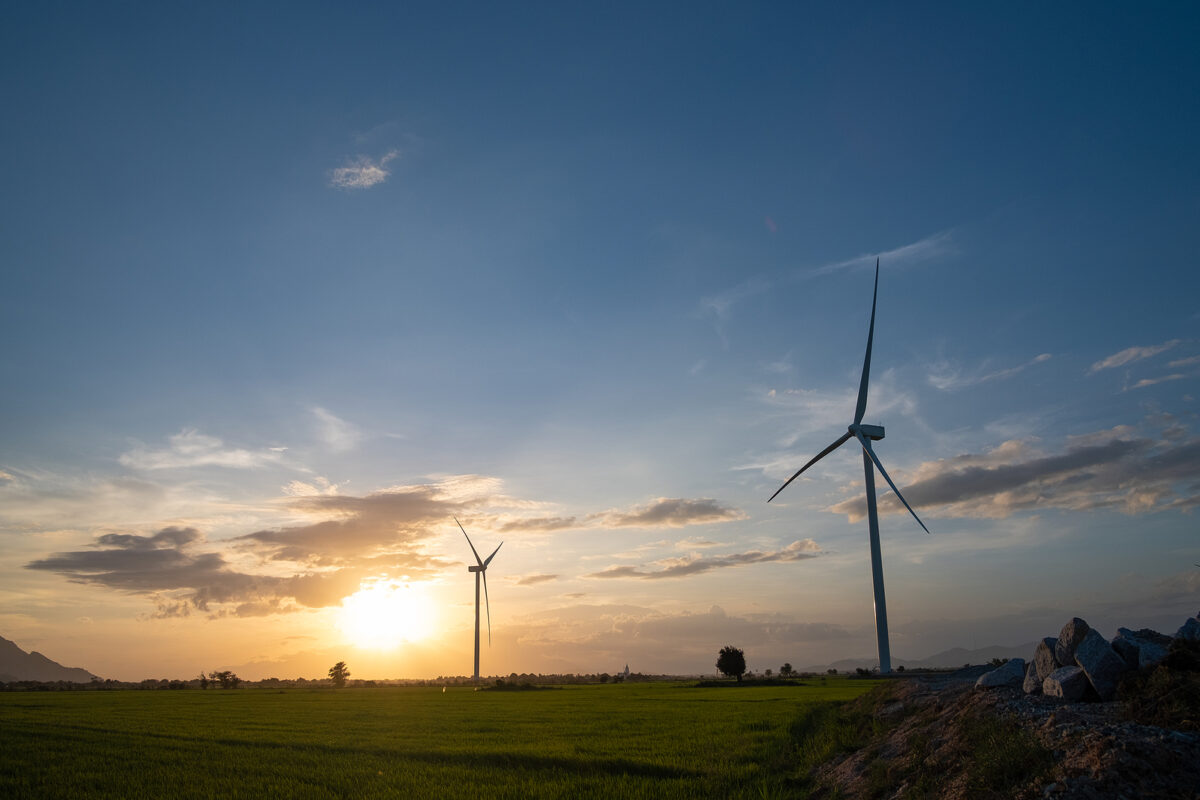Moldova has proposed an ambitious strategy to increase energy production from renewable sources. The state will provide potential investors with tools and facilities to attract them to invest in green energy production in Moldova’s growing market.
Chișinău, the capital of the Republic of Moldova, is advancing efforts to boost renewable energy production, aiming for energy independence and a transition to green energy. Moldova’s energy landscape shifted significantly following the Russian invasion of Ukraine in 2022, leading to a swift connection to the European energy system and a move away from reliance on Russian energy supplies.
Moldova wants to increase the share of renewable energy production to a minimum of 30 per cent of electricity consumption by 2030.
Additionally, the Moldovan authorities have proposed reducing greenhouse gas emissions by approximately 70 per cent by 2030 compared to 1990 levels. Chișinău intends to join the International Solar Energy Alliance (ISA), which brings together 98 countries committed to expanding solar energy projects.
The Moldovan government has also secured tens of millions of US dollars in external financing—primarily from the EBRD and USAID—to construct three hundred kilometres of energy interconnection lines with Romania.
In March 2022, the Moldovan electricity system began operating in parallel with the neighbouring state to the West. This new infrastructure has enhanced the security and reliability of the national electric power system and increased the import/export capacity of electricity on the Moldova-Romania interface.
Business attractiveness
The Ministry of Energy in Chișinău recently announced the launch of the first tenders for renewable energy projects aimed at large investors, intending to increase production capacity and diversify energy sources. The receipt of offers for these tenders is planned to run until January 2025.
To facilitate the participation of as many energy producers as possible in the auctions, the Ministry of Energy has also prepared a tool for those who can invest but have not yet obtained connection approvals.
“Not all investors will have connection approvals when they submit their auction requests. For this reason, as a first solution, we will prioritise the granting of connection approvals to future large eligible producers designated as winners of the auction,” says State Secretary in the Energy Ministry Carolina Novac. “And when new connection approvals are granted, they will be at the top of the waiting list.”
In the long term, the Energy Ministry will change electricity legislation to apply a guarantee of good execution—capacity reservation—to obtain connection approval.
“We will need this provision to ensure the competitiveness of the process and its good organisation,” adds Novac.
In 2023, the Energy Ministry significantly increased the promotion of energy from renewable sources. The state has announced three support instruments for green energy producers, guaranteeing the purchase of surplus energy delivered to the network and thus helping them recover their investments:
Net metering was replaced on January 1, 2024, with net invoicing, applicable to small producers with installations intended for their consumption.
A fixed rate for 15 years is available for photovoltaic parks and plants up to one MW and wind farms up to four MW.
A fixed price, also valid for 15 years, applies to photovoltaic parks and plants larger than one MW and wind farms up to four MW.
“We protect consumers by securing the best price; we strive to provide investors with the compensation they calculate based on a competitive process,” says Moldova’s Minister of Energy Victor Parlicov.
The capacities allocated for these auctions are 105 MW for wind farms and 60 MW for photovoltaic parks. The capacity limit for granting prominent eligible producer status is four MW for wind projects and one MW for photovoltaic projects. The ceiling price is 77.88 euros per MW-hour for wind energy and 86.7 euros per MW-hour for solar energy.
The guaranteed fixed price will be determined through the auction procedure and cannot exceed the ceiling price of 1.5 Moldovan lei per wind KW-hour and 1.67 Moldovan lei per solar KW-hour, as established by the National Agency for Energy Regulation (ANRE), the central public authority responsible for regulating and monitoring the energy sector in Moldova.
Advantages for investors
Simultaneously, Moldova has taken significant steps to promote renewable energy sources in recent years.
Installed capacity has reached 132.7 MW for wind power, 115.3 MW for net metering, 76.9 MW for solar power, 16.8 MW for hydropower, and 6.6 MW for biogas. As a result, Moldova achieved a total of 348.3 MW in 2023. With the addition of the 165 MW auctioned—105 MW for wind energy and 60 MW for solar power—Moldova will reach a total of 513.3 MW, nearly equivalent to the country’s daily energy production.
While maximising these resources could allow Moldova to meet nearly all its energy needs during peak hours, the current gap between potential and actual green energy production is partially covered by import purchases from diversified sources: The Romanian Energy and Gas Market Operator (OPCOM), Romania’s Hidroelectrica and Nuclearelectrica, as well as Ukrhydroenergo from Ukraine through the state-owned company Energocom, Moldova’s central electricity supplier.
Not all green energy producers in Moldova deliver electricity to Energocom. Those who prefer to avoid the prices offered by the state company can export electricity.
“This summer, Moldovan producers sold energy on the stock exchange to Ukraine and to consumption partners in Romania. This is the commercial market; you produce a good and want to sell it at the highest possible price,” says the director of Energocom, Victor Binzari.
He added that the capacities announced for bidding in Moldova are critical in the current situation.
“According to the regulation, Energocom is obliged to buy green energy produced by investors. More energy produced in the country means less energy purchased from Moldgres. We no longer buy energy from abroad; instead, we buy energy produced in Moldova,” he concludes.







